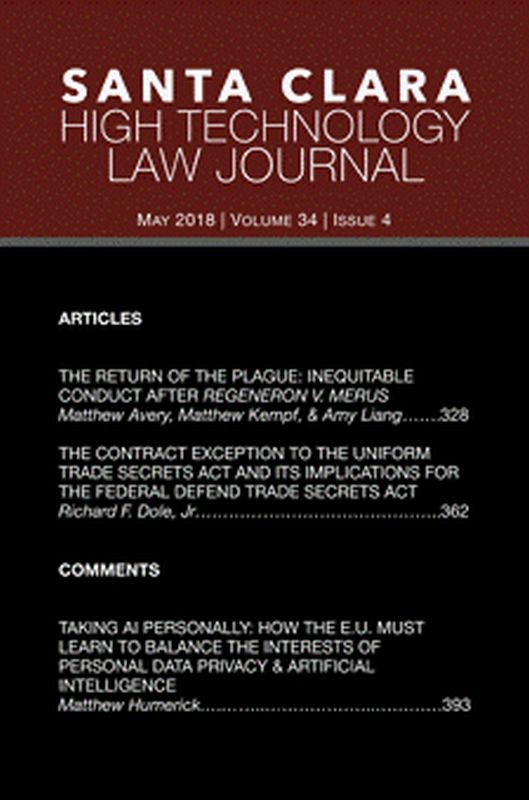Fairness in Copyright Law: An Anglo-American Comparison
This article explores the concept of fairness in copyright law's exceptions, comparing the different approaches which UK and US law structures a 'fair' permitted use defence.

2 September 2017
Publication details
Fhima, Ilanah; (2017). Fairness in Copyright Law: An Anglo-American Comparison. Santa Clara High Tech Law Journal, 34(1) pp. 44-77.
Abstract
Fairness stands at the crossroads of copyright law. The concept of fairness—which seeks to balance the interests of copyright owners and users as well as the needs of the public in receiving information— is present in the copyright exceptions in both the USA and the UK. The USA and UK adopt different approaches to how the defences should be structured.
The US has an open list of which types of use can benefit, leaving this for judges to develop in response to specific fact patterns and changing conditions before them. On the other hand, the UK has a list, pre-determined by the UK Parliament, of which uses can benefit. Both use the notion of fairness to moderate between different interests at stake, and much of this piece is devoted to documenting how the factors used to determine whether use is fair are in fact very similar. However, it is argued that the open-versus-closed list approach does make a big difference to the likely outcomes in the jurisdictions—giving US courts the licence to privilege the type of use over the countervailing interests of the copyright owner in a way that is just not available to UK judges.
Download a copy of the article here.
 Close
Close

